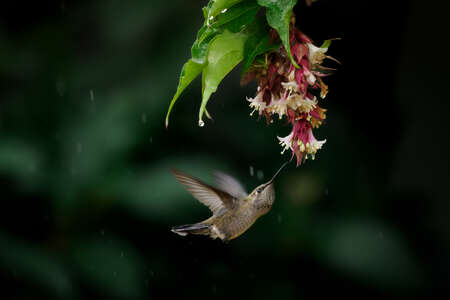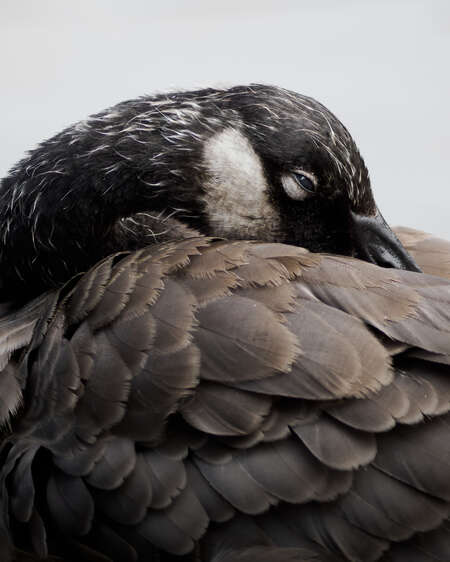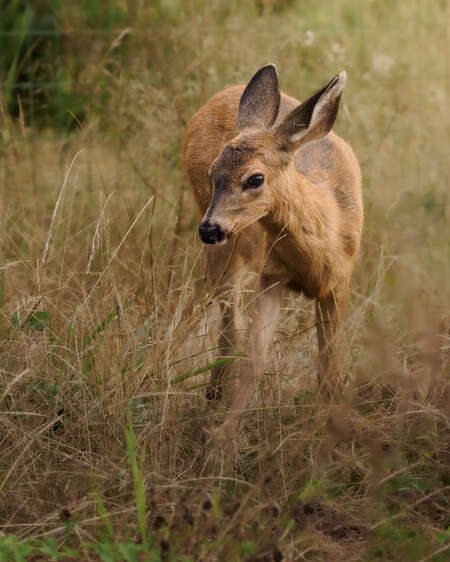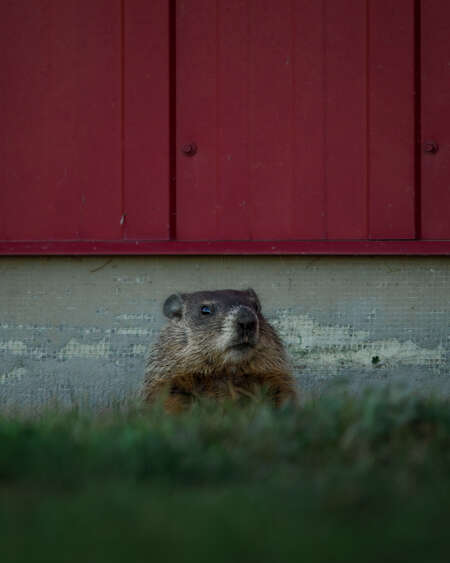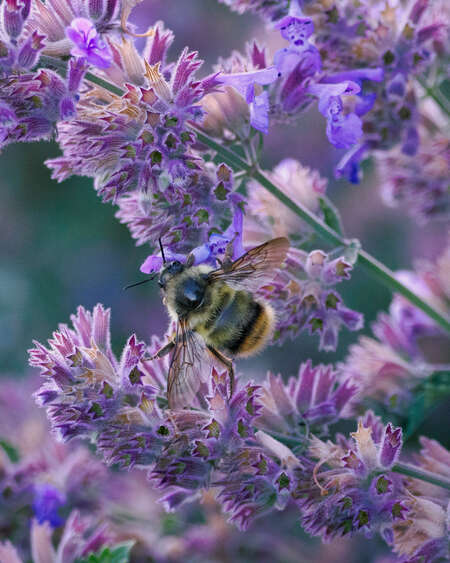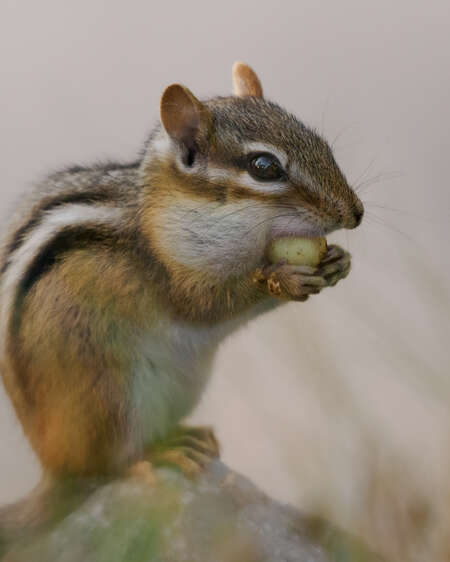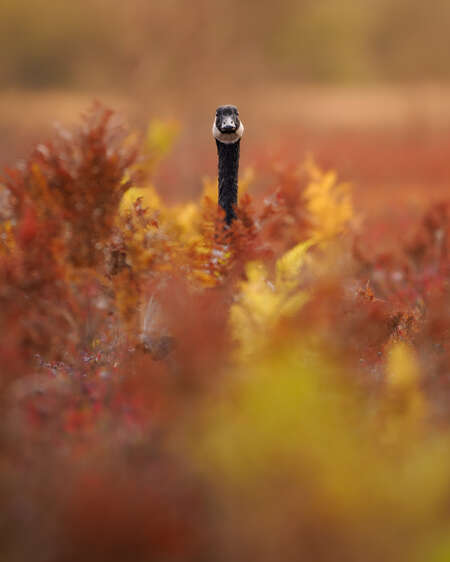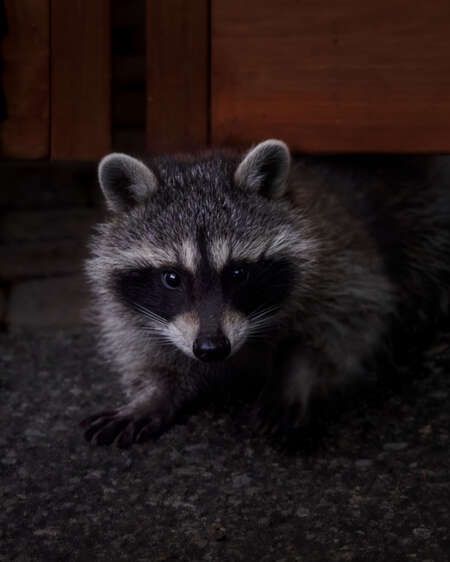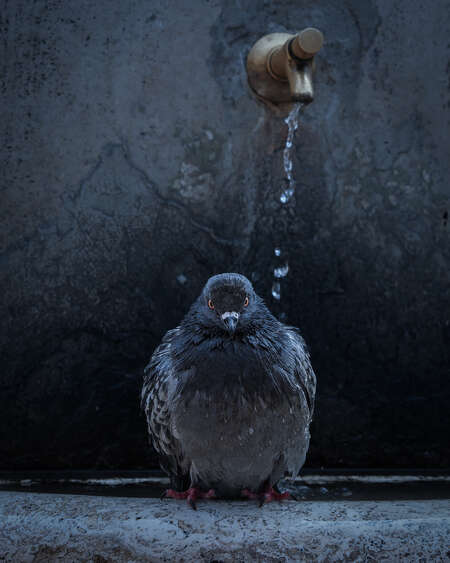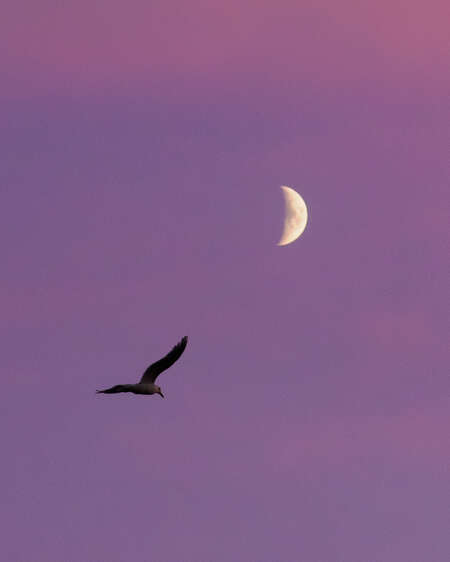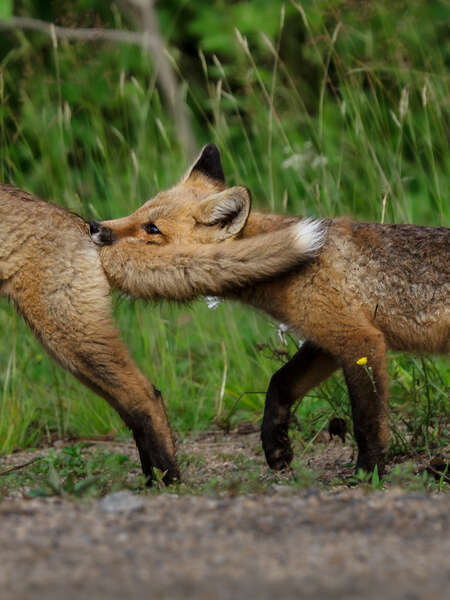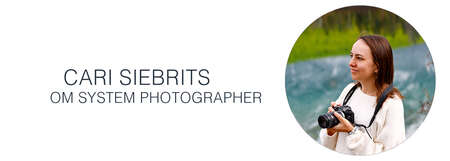Your home is wilder than you think
When we think of “wildlife photography,” our minds tend to wander to dramatic moments that take place far from home – a moose silhouetted at dawn, an eagle gliding above the treeline, or a bear in dappled morning light. We imagine remote backdrops – pristine forests, rugged coastlines, or towering, snow-capped mountains.
But with more of us living in urban areas than ever before, humans and wildlife are increasingly sharing space in cities and suburbs around the world.
From parks to playgrounds, balconies to alleyways, community gardens and even our own backyards, our urban neighbourhoods are teeming with wildlife… and unique shooting opportunities!
All we have to do is stop and look around.
Opportunities are everywhere.
Wild moments are all around us, and our photography benefits when we begin to take notice of them. With cameras in hand, we have a chance to bring our unique perspectives to the wild stories unfolding in the places we know best: our homes.
Whether you’re new to wildlife photography or a seasoned pro, urban environments offer endless opportunities to sharpen our skills, test our gear, and find wonder in the every day. Our own neighbourhood is the perfect training ground to grow our photography technically and creatively, precisely because:
-
It’s accessible: Life is busy! Urban wildlife photography gives you the chance to make the most of your lunch break, evening walk, or even your morning coffee on the porch. You don’t need to travel far to find compelling subjects – you just need to pick up your camera and step outside.
-
Regular practice leads to faster growth: Shooting consistently will level up your skills faster. Urban settings offer us a low-stakes space to experiment with camera features and settings, composition, light, creativity, and more.
-
You become the expert: Exploring locally gives you a chance to become deeply familiar with the wildlife in your community. Over time, you’ll begin to recognize patterns, seasonal behaviour, and even individual animals, allowing you to capture intimate moments no one else can.
-
Less skittish subjects: Urban critters tend to be more tolerant of human presence, giving us a chance to document rare moments and behaviours (of course, ethical practices still apply, so be sure to always minimize disturbance and respect your subjects).
-
Building creativity (and confidence): Our cameras challenge us to see familiar subjects and backdrops in new ways. In familiar settings, we’re pushed to experiment, find fresh angles, and capture the extraordinary in the everyday. Regular practice also builds our muscle memory, refines our instincts, and strengthens expertise (and our patience). So, when that once-in-a-lifetime shot presents itself, we’re ready.
-
Every day becomes an adventure: When you start noticing the wildlife around you, everything changes! Your neighbourhood suddenly becomes a place of discovery, awe, and connection, full of stories waiting to be told. With year-round opportunities and regular access, urban wildlife makes it feel like you’re on a safari every time you leave your front door.
5 tips for taking your wildlife photography to the next level (while sticking close to home)
Whether your goal is to experiment with new gear, hone your technical skills, or practice telling more powerful stories, urban wildlife photography is full of countless opportunities for growth.
Here’s how to make the most of it.
Tip 1: Get to know your local wildlife (and wild spaces)
Your first job is to learn who lives in your area.
Just like us, wildlife often follows routines. By visiting the same locations regularly, you’ll quickly begin to notice patterns and learn about seasonal changes in behaviour and activity. Getting familiar with your local ecosystems (whether that’s a park, an alleyway, or your yard), will help you anticipate moments and get more intentional with your shots.
Field Assignment: Start treating neighbourhood outings like expeditions: take a different route home, visit a new park, or head out at a different time of day than usual. You can even start tracking sightings with a wildlife journal, or try out apps (like iNaturalist or Merlin) to help ID and document what you find.
Tip 2: Focus on the familiar
Some of the best subjects to practice on are the ones we tend to overlook or ignore (in my neighbourhood, that list includes pigeons, gulls, crows, and squirrels).
These neighbourhood regulars are full of personality, interesting behaviour, and (most importantly) are easy to find – making them the perfect subjects for practicing new skills, testing new features on your camera, or getting creative in new ways.
Field Assignment: Challenge yourself to make the “ordinary” extraordinary. Pick an animal you see regularly in your neighbourhood. Can you try centering your subject as the main character of your shot, revealing the magic of their world?
Tip 3: Tell a story
One of the first things I ask myself when shooting in the city is: “How can I make this image interesting?”
Urban wildlife photography offers unique framing and storytelling opportunities. Instead of shooting around or cropping out the human elements of the cityscape, consider including them. Look for ways to juxtapose the wild world against our human one by using unusual backdrops, reflections, shadows, or light to your advantage.
These layers can create visually interesting photos and help you tell deeper stories about coexistence, adaptation, and resilience.
Field Assignment: Try including urban elements in your shot to see what kind of story you can tell (you can even scout out a great backdrop in advance, and wait to see what subjects show up).
Tip 4: Push the edge of your creative boundaries
Shooting locally gives you the freedom to experiment without the pressure. When you're not worried about getting “the shot,” you're more open to learning, failing, and growing your skills.
Use your local subjects to stretch your creativity by experimenting with new settings and shooting styles.
Field Assignment: Next time you see a familiar subject, test out a new setting or practice a new skill. Here are some ideas:
-
challenge yourself to highlight textures or small details
-
practice capturing motion at different shutter speeds (birds in flight are great test subjects)
-
try swapping out your telephoto lens for a wide-angle, and see what results you get
-
play around with foregrounds and framing
-
practice shooting in low-light (or even nocturnal) settings
Tip 5: Build good habits
Every wildlife photographer knows that, along with the technical know-how, your mindset is an essential part of your craft. Patience, presence, and discipline are some of the most important skills any wildlife photographer can develop.
Regular time outdoors in your own neighbourhood will sharpen your senses, slow you down, and help you connect more deeply with your surroundings. Use the ease and accessibility of shooting locally to:
-
get outdoors at dawn or dusk when animals are most active
-
build your observation skills
-
practice stillness
Field Assignment: Pick a spot and let the world come to you. Often, the best moments present themselves when you least expect them.
It’s easy to lose sight of the wild moments that are happening right outside our doors.
When we slow down and pay attention to the wild stories unfolding all around us, we have the chance to turn something ordinary into something unforgettable.
Now, get shooting!
Based in British Columbia, Canada, Cari Siebrits is a wildlife photographer whose images explore themes of conservation, coexistence, and the often-overlooked wilderness that can still be found all around us. Through her photography, she hopes to inspire others to reconnect with the wildlife and wild places in their own communities. Her go-to setup is the OM System OM-1 Mark II, paired with the M.Zuiko 150–400mm f/4.5, a dream combo that allows her to capture intimate moments with her subjects (no matter what Canada’s unpredictable weather throws at her).
You can find Cari on:
- Instagram: @wildlifewithcari
- Facebook: Wildlife with Cari
- Website: wildlifewithcari.com
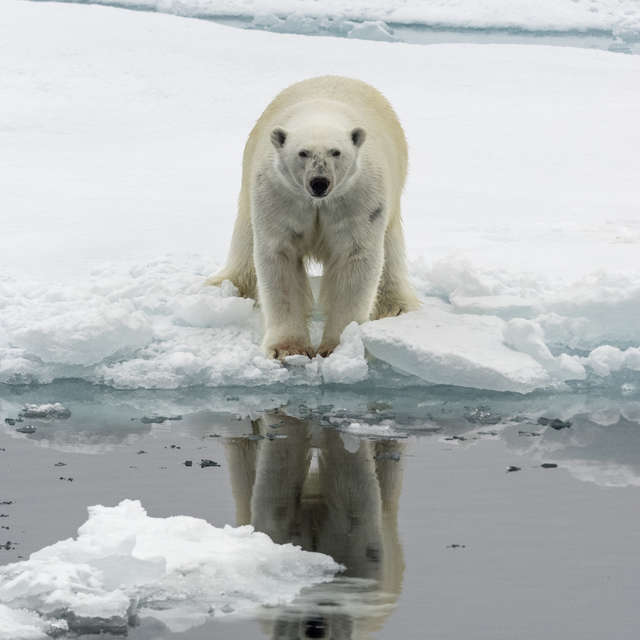
How to Photograph Wildlife in the Winter
Winter can be the best time to capture animals in their natural habitat. OUTSIDE asked Jay Dickman for his top snowy-season tips.
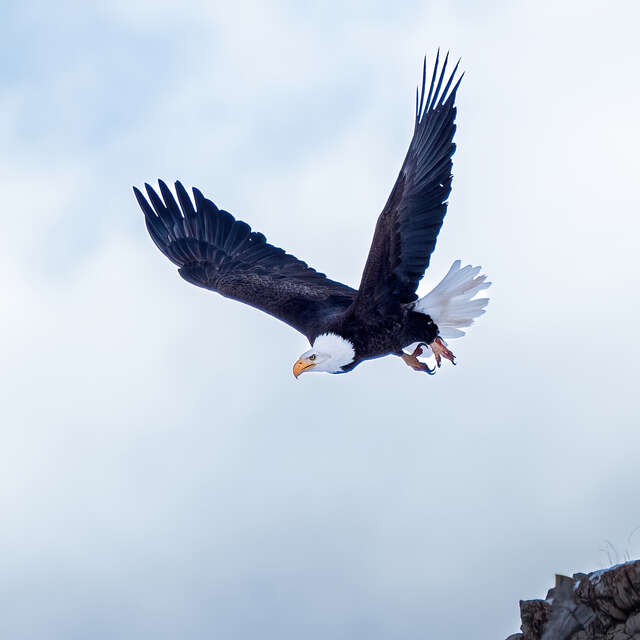
3 Tips for Using Super Telephoto Lenses
Learn more
